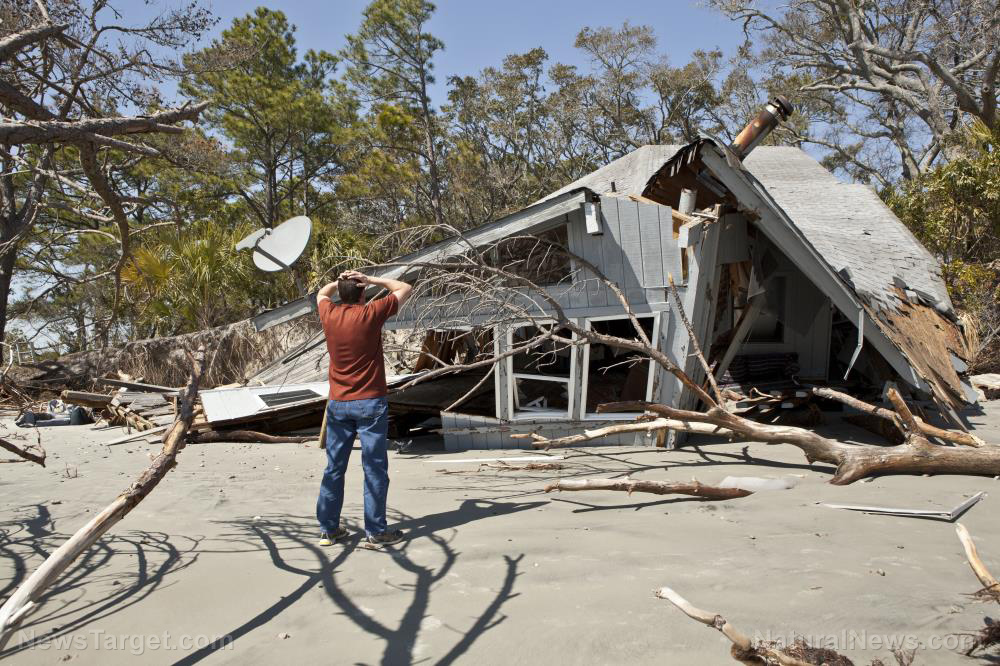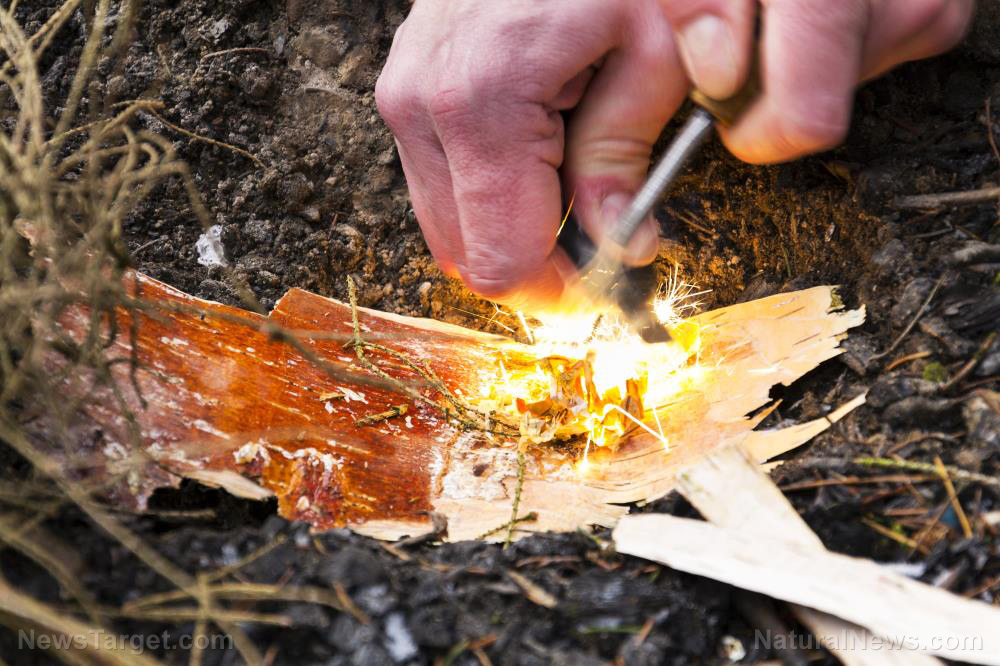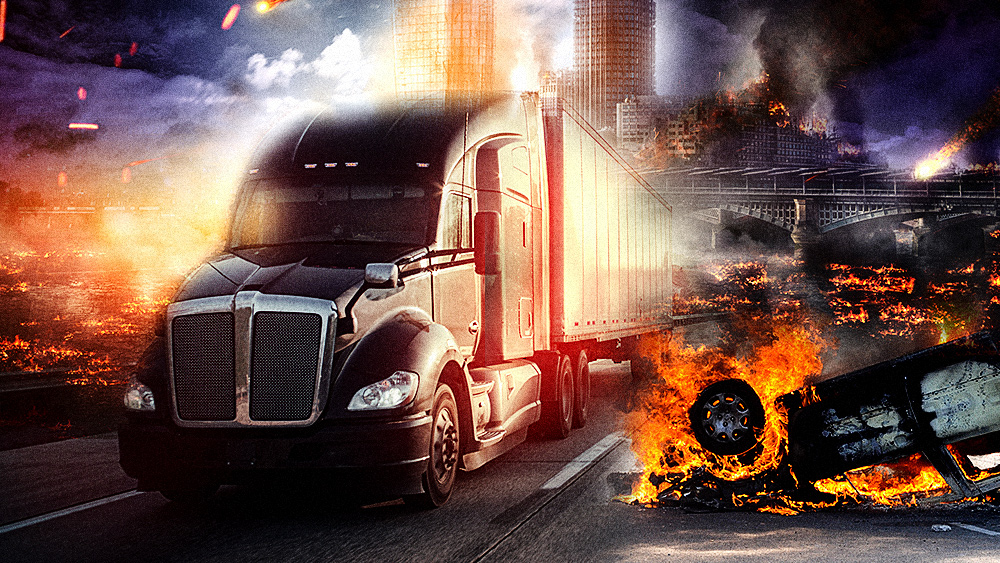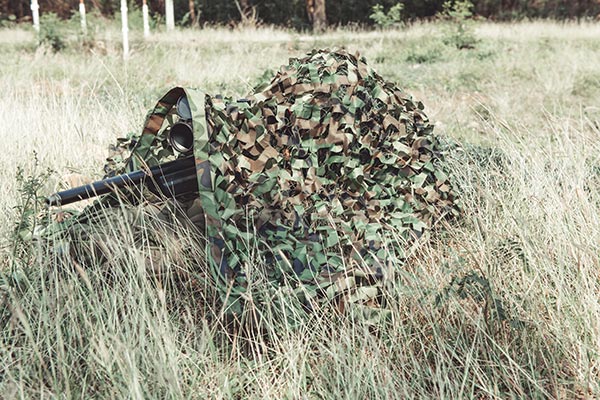Do you have what it takes to survive a man-made disaster?
01/25/2020 / By Darnel Fernandez

As people (and preppers) become much more sensitive to the everyday occurrences of disasters and accidents that happen around the globe, there is a growing need to gain more information on how to be able to survive such events. Of all the types of disasters that could happen, natural disasters are the most likely to occur. According to the World Health Organization, these disasters kill about 90,000 people and affect nearly 160 million people worldwide. Despite this, technology has advanced to the point that allows humans to build things that can handle any disaster thrown at it. However, when those structures hit a breaking point, the damage done could be far worse than what nature could inflict. (h/t to Survivopedia.com)
It all comes tumbling down
Similar to natural disasters, man-made ones can occur randomly and suddenly. While unpredictable, these types of disasters can also be fully prevented by being less careless and making fewer human errors. One of the more common man-made disasters is a collapsing building or structure. Every structure built by man is designed and built around a certain amount of force. However, many of them aren’t built to last through anything nature can throw at them.
This is the problem in modern civil engineering, where people need to strike the balance between cost and safety, as well as make crucial decisions using the information they have on hand. Devastating events like category five hurricanes do not happen often, so some people take the necessary risk to cut costs and design structures that can survive hurricanes lower than the rare category five. But when disaster strikes, the damage will, unfortunately, be catastrophic. (Related: Prepping for the unexpected: What to do before, during and after a sudden disaster.)
Other than collapsing buildings, there are also other man-made disasters that you need to be aware of:
- Gas leaks. This type of disaster is considered silent but deadly — one of the most dangerous man-made disasters known today. Not only could gas leaks, directly and indirectly, bring negative effects to human health, but it can also spread quickly without anyone even noticing. Some gas leaks can even trigger explosions when ignited, claiming thousands of human lives. One of the more serious gas leaks in recent history happened in India. Dubbed as the Bhopal Gas Tragedy, large amounts of methyl isocyanide gas leaked into the air and spread to the nearby towns and villages. This resulted in the deaths of around 15,000 to 20,000 people.
- Nuclear meltdowns. While experts claim that nuclear energy is generally safe to use, the consequences of a meltdown can be extremely devastating to both humans and the land around ground zero. In fact, these effects are so devastating that they are still present years after the initial meltdown. For example, the effects after the meltdown of Chernobyl can still be currently experienced decades after the actual event and experts claim that the radioactive elements might take a few hundred years before they disappear.
So what do we do about these disasters? Unfortunately, there is very little you can do to stop man-made disasters, especially when it involves large structures. More often than not, you do not own the structures themselves but rely on them heavily as they are an integral part of your city’s infrastructure. In addition, the people who do own the structure might not have the knowledge to properly assess and evaluate the safety of the buildings they own.
However, you can still do what you can to help. Many structural failures often have telltale signs that might indicate a potential for failure. Bringing such information to the necessary people might be able to make a difference, but there is no guarantee.
Another thing you might consider doing is to simply bug-out and move away from the potential danger. While there is literally no place on Earth that is completely free from any potential danger, most preppers would take the risk of going out of their way to bug-out to a place that is much safer than where they currently are.
In the face of any disaster, whether natural or man-made, the best thing you can do is simply prepare for the worst and adapt to the situation that unfolds before you. Learn more survival tips to get yourself through any disaster at Survival.news.
Sources include:
Tagged Under: adaptation, bug out, chaos, disaster, Disasters, gas leaks, man-made disasters, nuclear disaster, preparedness, prepper, prepping, SHTF, structural integrity, survival, Survival Tips, survivalist
RECENT NEWS & ARTICLES
COPYRIGHT © 2017 GEAR.NEWS
All content posted on this site is protected under Free Speech. Gear.news is not responsible for content written by contributing authors. The information on this site is provided for educational and entertainment purposes only. It is not intended as a substitute for professional advice of any kind. Gear.news assumes no responsibility for the use or misuse of this material. All trademarks, registered trademarks and service marks mentioned on this site are the property of their respective owners.



















